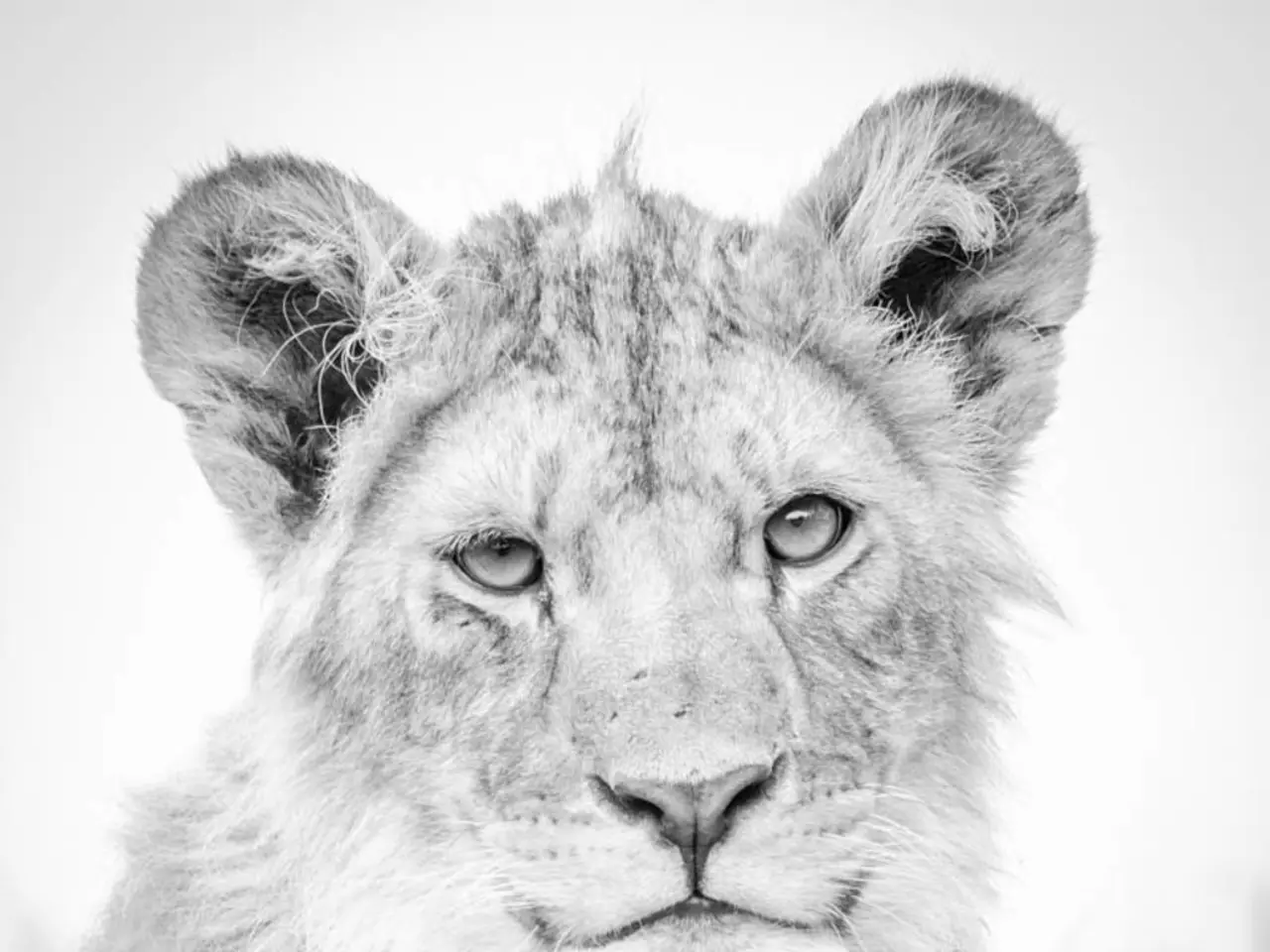Captured on camera: Rare Amur tiger, or Siberian tiger, in Omaha's Henry Doorly Zoo, part of a conservation breeding program aimed at ensuring genetic diversity within the subspecies.
In the world of captive tiger breeding, there is a growing debate about its role in conservation efforts. While some argue that private breeders are helping to preserve tigers, which are endangered in the wild, many conservationists view captive breeding as detrimental to wild tiger populations.
One of the most infamous figures in the captive tiger breeding industry is Joe Exotic, currently serving a 22-year prison sentence for plotting to have a critic murdered, killing five tigers, and illegally selling tigers across state lines. His story is the focus of the Netflix documentary miniseries Tiger King, which delves into the world of wild animals, ex-felons, a brief presidential campaign, polygamy, a murder-for-hire plot, and a large cast of eccentric characters.
However, privately owned tigers in the U.S. are usually of mixed or unknown lineage and therefore are excluded from participating in captive-breeding efforts at accredited zoos and institutions. For zoos in the U.S., accreditation by the Association of Zoos and Aquariums requires facilities to exceed the basic requirements set by the government in terms of animal health, welfare, guest education, safety, recordkeeping, and more.
Cubs, the main attraction at many captive breeding facilities, are only economically useful for a short time, typically 8 weeks to 12 weeks old. Interacting with humans is stressful for cubs, and some cubs may be killed when they become too dangerous to interact with visitors. Cub-petting facilities speed-breed tigers to maintain a constant supply.
White tigers, while not hybrids, are often the result of intensive inbreeding and may suffer from congenital defects. Cross-breeding species such as ligers and tigons can also cause genetic defects and health problems. Such breeding does not contribute to wild tiger population recovery and may instead perpetuate genetic problems or exploit tigers commercially.
A true sanctuary, according to the Global Federation of Animal Sanctuaries, provides lifetime care to animals that have been abused, neglected, discarded, or are otherwise in need of help. It does not breed or allow hands-on interactions with animals and maintains high standards of care and operation.
Organizations like Born Free emphasize keeping big cats in the wild when possible and minimizing captive breeding unless it directly supports wild conservation goals. They also highlight the importance of legal frameworks and effective policies to safeguard both wild and captive big cats.
In order to promote the welfare and natural behaviors of tigers, a good sanctuary or conservation-focused zoo must provide environments that allow natural roaming behaviors and social structures, avoid cramped or inappropriate enclosures that cause stress and stereotypical behaviors, support scientific and conservation goals, collaborate with local communities to promote coexistence and reduce conflict, and avoid practices such as breeding white tigers or hybrids that have no conservation value but are driven by profit or tourism.
To learn more about tigers in the U.S., including laws concerning ownership and efforts to protect both tigers and humans, check out the December feature on our website. To see maps showing how tigers have been traded across the U.S., check out the maps on our website as well. It is crucial for the public to be informed and aware of the issues surrounding captive tiger breeding to help ensure the protection and preservation of these magnificent animals.
- The captive tiger breeding industry, as shown in the Netflix series Tiger King, encompasses various elements, such as wildlife, adventure, and even a presidential campaign.
- Many privately owned tigers, due to their mixed or unknown lineage, are unable to participate in captive-breeding efforts at accredited U.S. zoos.
- cub-petting facilities engage in speed-breeding practices, causing stress to the cubs and potentially leading to their early deaths.
- The Global Federation of Animal Sanctuaries defines a true sanctuary as one that offers lifetime care to animals in need, without breeding or allowing hands-on interactions.
- Organizations like Born Free advocate for minimizing captive breeding and prioritize efforts to keep big cats in the wild, while emphasizing the need for effective policies and legal frameworks to protect both wild and captive big cats.
- For the welfare and natural behaviors of tigers, good sanctuaries and conservation-focused zoos should provide spacious enclosures, support scientific goals, and avoid practices such as breeding white tigers or hybrids.
- The public play a crucial role in protecting tigers by staying informed about captive tiger breeding issues, as well as the relevant laws and efforts to protect both tigers and humans.
- To educate yourself further on tigers in the U.S., visit our website for features, maps, and valuable information regarding ownership and conservation efforts.




